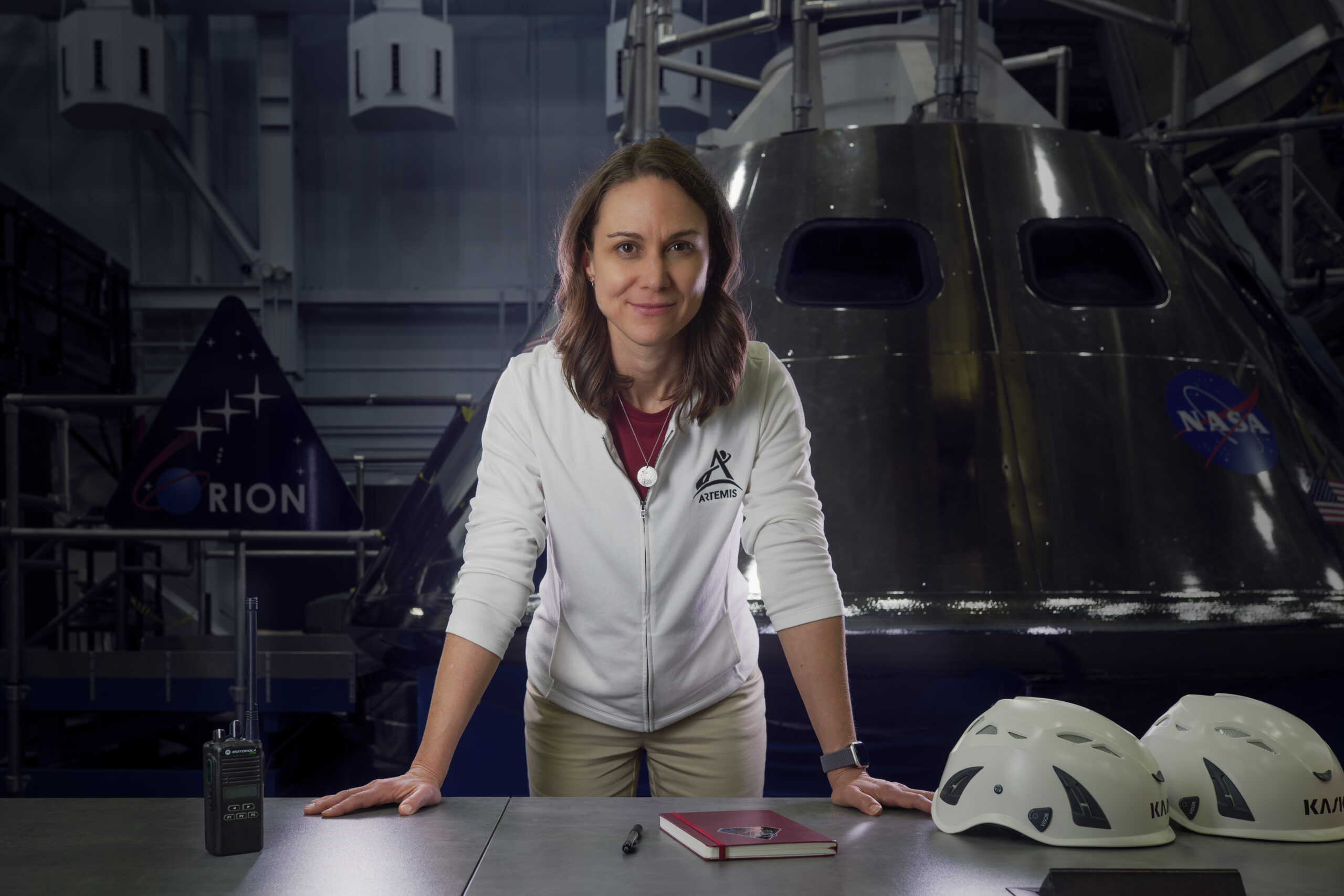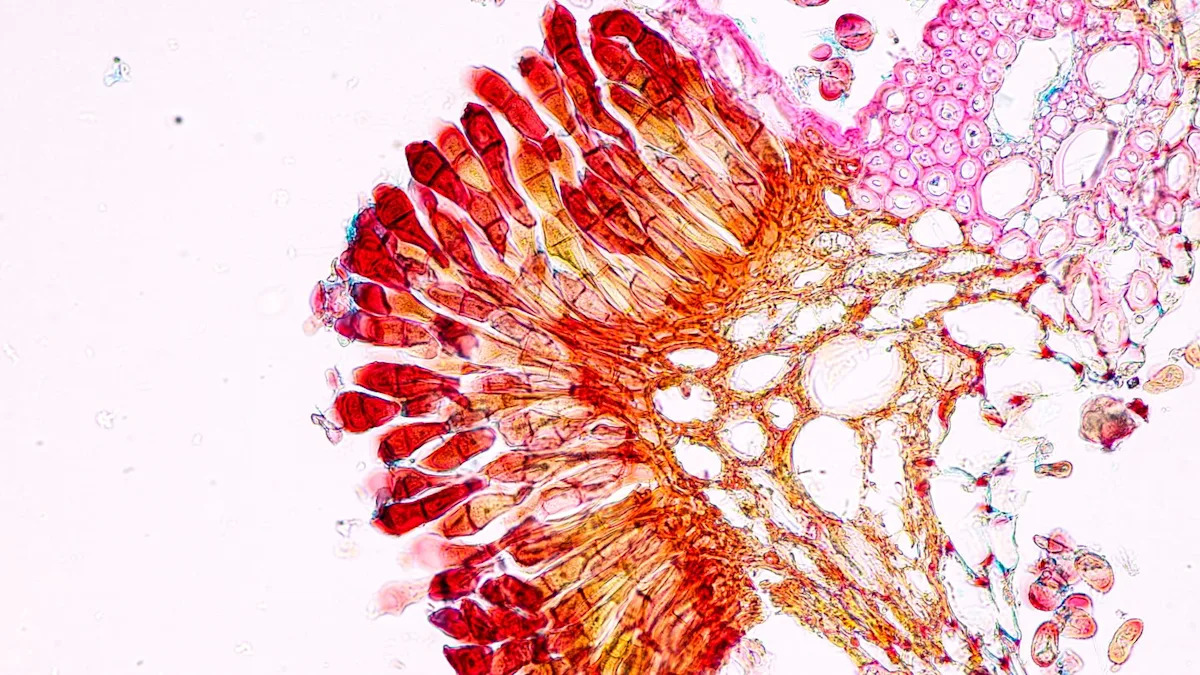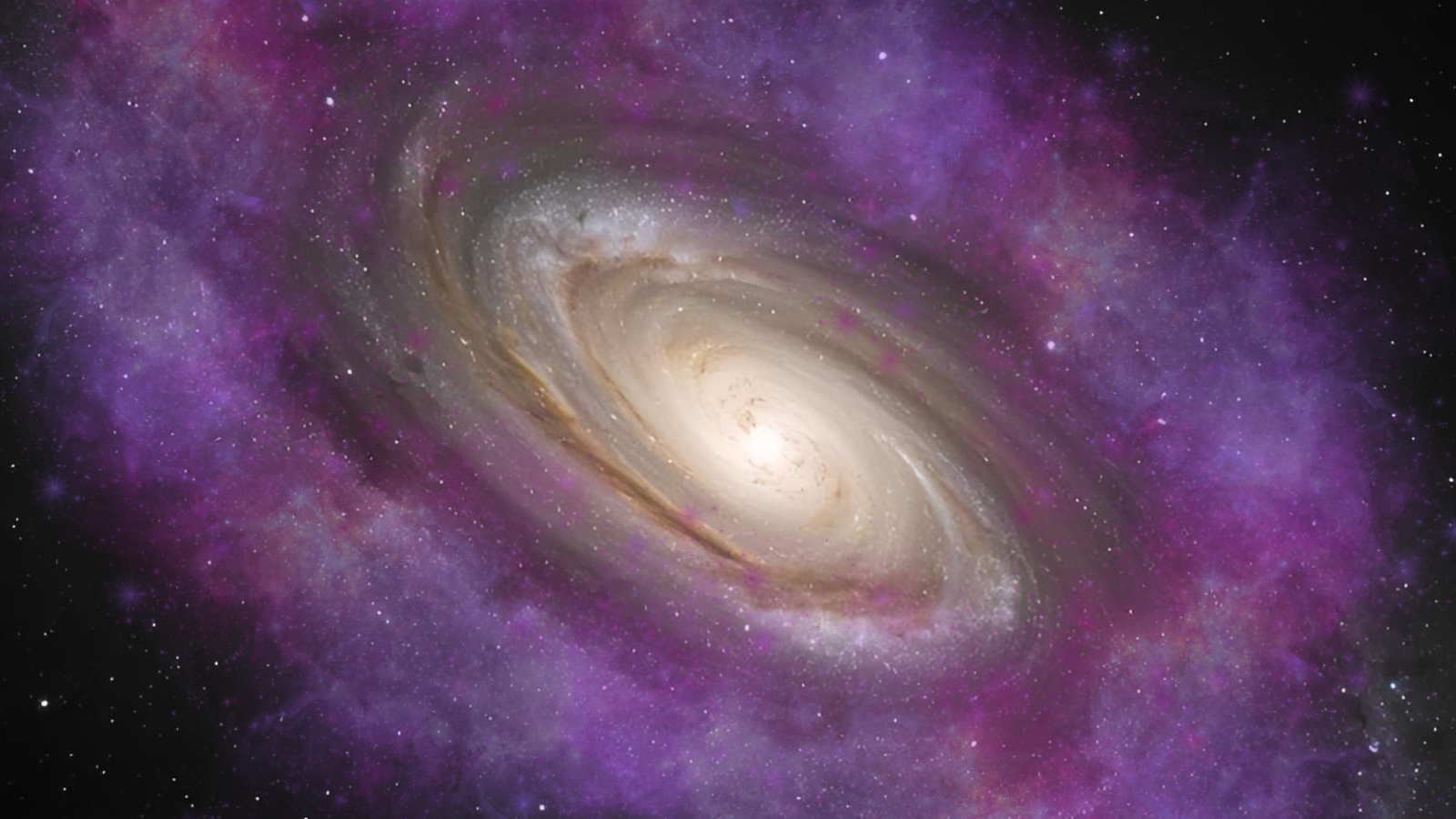Some of designer C Jacob Payne’s projects present new, futuristic products — such as zero-gravity footwear for astronauts, and electronic-embedded ceramics — using technological tools and processes of digital…
Category: 7. Science
-

I Am Artemis: Jacki Mahaffey
Listen to this audio excerpt from Jacki Mahaffey, Artemis II chief training officer:
When the Artemis II crew travels around the Moon aboard the Orion spacecraft, they will have spent…
Continue Reading
-
The story of bipedalism begins with our oldest upright walking human relatives | KGOU
A big difference between humans and other apes is the ability to stride easily around on two feet, with our bodies vertical. Now, a new analysis of some fossil bones shows that adaptations for bipedal…
Continue Reading
-
Eye-opening research: Greenland sharks maintain vision for centuries through DNA repair mechanism – Phys.org
- Eye-opening research: Greenland sharks maintain vision for centuries through DNA repair mechanism Phys.org
- It’s 7 metres long, can weigh almost a tonne and can live for 400 years or more – meaning some around today were born in 1625… BBC…
Continue Reading
-

NASA to Cover US Spacewalks 94, 95 at International Space Station
NASA astronauts will conduct two spacewalks Thursday, Jan. 8, and Thursday, Jan. 15, outside the International Space Station, and the agency will provide comprehensive coverage.
The first spacewalk is scheduled to begin at 8 a.m. EST on Jan. 8…
Continue Reading
-

The Same Recipe That Created Life on Earth May Exist on Mars, Scientists Say
“Hearst Magazines and Yahoo may earn commission or revenue on some items through these links.”
Here’s what you’ll learn when you read this story:
-
In an investigation to find out what sparked life on Earth, researchers have discovered that RNA…
Continue Reading
-
-

‘It would be a fundamental breakthrough’: Mysterious dark matter may interact with cosmic ‘ghost particles’
New research puts forward compelling new evidence that dark matter interacts with cosmic “ghost particles” called neutrinos. If that is the case, then this interaction could pose a serious challenge for the standard model of cosmology, our…
Continue Reading
-

China’s ‘artificial sun’ breaks a long-standing fusion limit
China has moved one step closer to clean fusion energy by breaking a long-standing rule in plasma physics. Scientists running the country’s artificial sun have shown that plasma can stay stable even at very high density.
For many years, high…
Continue Reading
-

China’s Astronaut Mouse Delivers Nine Pups A Month After Return To Earth
A mouse that was part of an elite team that spent two weeks in microgravity on board China’s Shenzhou-21 spaceship and Tiangong space station has proven there is no conflict between career and motherhood for space-traveling rodents. She gave…
Continue Reading
-
Synthesis of silica nanoparticles from rice husk to determine insecticidal properties against Glyphodes pyloalis walker (Lepidoptera: Crambidae)
Epstein, E. Silicon: its manifold roles in plants. Ann. Appl. Biol. 155, 155–160 (2009).
Pooniyan, S. et al. Silicon status in soils and their benefits in crop production. Commun. Soil. Sci….
Continue Reading